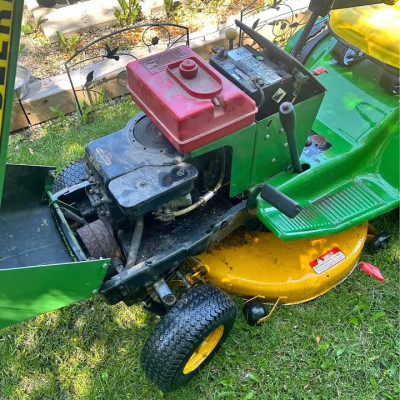Sunflowers: The Radiant Stars of the Garden
Sunflowers, with their bright, golden-yellow petals and towering stems, are often considered the vibrant, sunny stars of the garden. Their captivating appearance and remarkable growth habits make them a favorite among gardeners and flower enthusiasts alike. In this article, we'll explore the charm of sunflowers, their history, growing tips, and some creative ways to enjoy them.
A Brief History
Sunflowers (Helianthus annuus) have been cultivated for thousands of years. Native to the Americas, they were first domesticated by indigenous peoples in North America and were later introduced to Europe in the 16th century. The sunflower has since become a symbol of warmth, positivity, and adoration.
Varieties and Characteristics
Sunflowers come in various sizes and colors, though the most common variety is the classic yellow one. Some notable types include:
Giant Sunflowers: Known for their impressive height, reaching up to 10 feet or more.
Dwarf Sunflowers: Ideal for smaller gardens or containers, typically growing 1-3 feet tall.
Multi-Branching Sunflowers: Produce several smaller blooms on a single stem.
Colored Sunflowers: Range from deep red and orange to even burgundy and chocolate hues.
Each variety has its own unique growth habits and bloom times, making it easy to find one that suits your garden's needs.
Growing Sunflowers
Sunflowers are relatively easy to grow and thrive in a variety of conditions. Here are some tips for successful sunflower cultivation:
Location: Sunflowers need full sun to thrive. Choose a spot that receives at least 6-8 hours of sunlight daily.
Soil: They prefer well-drained soil with a pH of 6.0 to 7.0. Enrich the soil with compost or organic matter for optimal growth.
Planting: Sow seeds directly into the ground after the last frost, or start them indoors 6-8 weeks before the last frost. Space seeds 1-2 inches apart and cover with 1 inch of soil.
Watering: Keep the soil consistently moist but not waterlogged. Sunflowers are drought-tolerant but will grow best with regular watering.
Support: Tall varieties may require staking to prevent them from toppling over.
Sunflower Care
Once your sunflowers are established, they are relatively low-maintenance. Regularly remove weeds and monitor for pests such as aphids or birds that may be attracted to the seeds. Fertilizing with a balanced fertilizer can encourage healthy growth and vibrant blooms.
Creative Uses for Sunflowers
Sunflowers aren’t just for the garden. Here are some creative ways to enjoy these bright blooms:
Cut Flowers: Sunflowers make stunning cut flowers. Place them in a vase with fresh water and enjoy their cheerful presence indoors.
Seed Harvesting: After blooming, sunflowers produce seeds that can be harvested for snacking or planting the following year.
Bird Feeders: Dried sunflower heads can be used as natural bird feeders, attracting a variety of bird species to your garden.
Decorative Arrangements: Use sunflowers in wreaths, garlands, or as part of a fall harvest display.
Conclusion
Sunflowers bring a touch of sunshine to any garden with their bold colors and impressive stature. Whether you’re growing them for their beauty, their seeds, or their ability to attract wildlife, these cheerful flowers are sure to brighten your day and add a splash of warmth to your outdoor space. Embrace the joy of sunflowers and let them be the radiant stars of your garden






